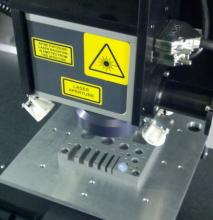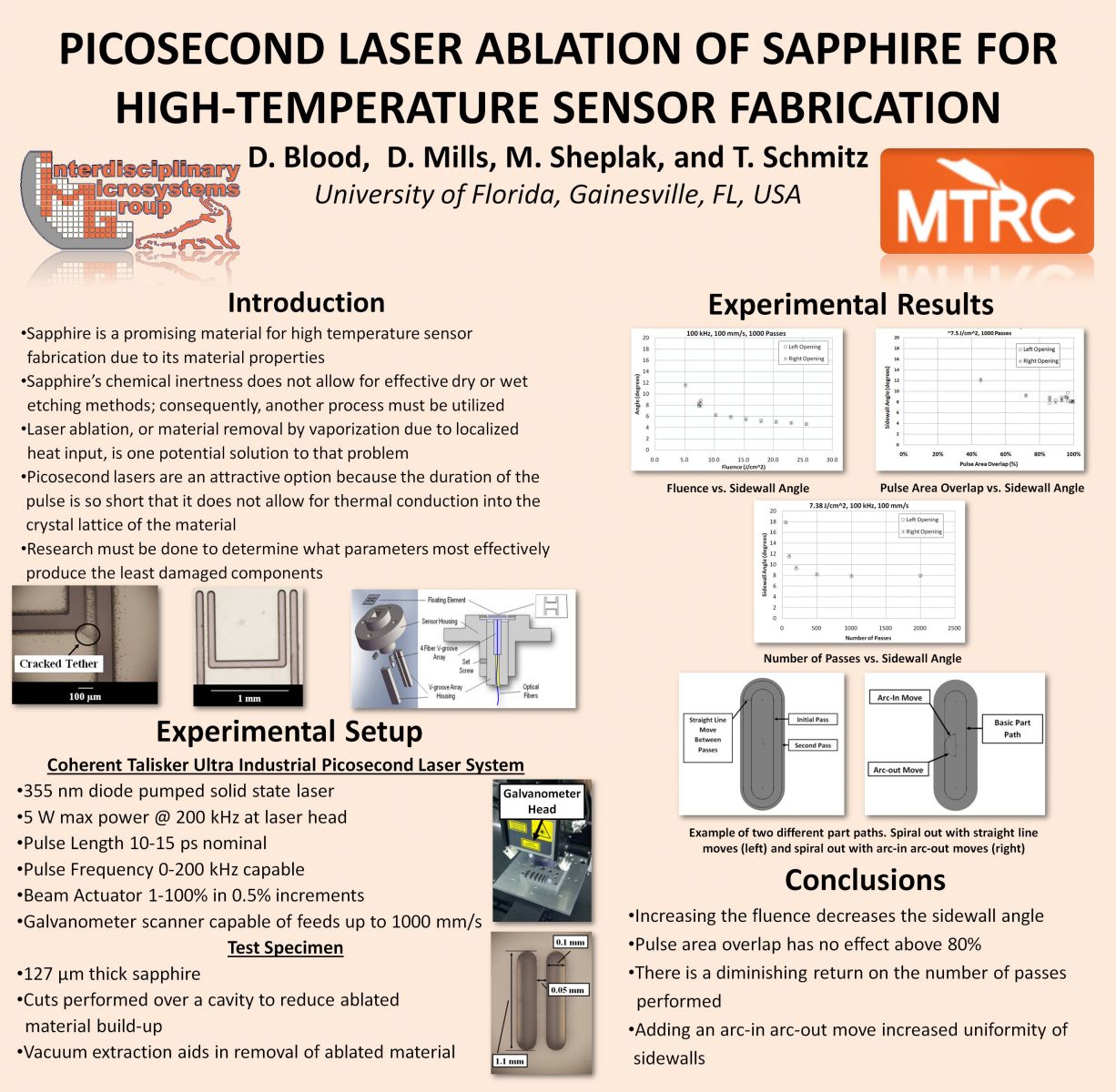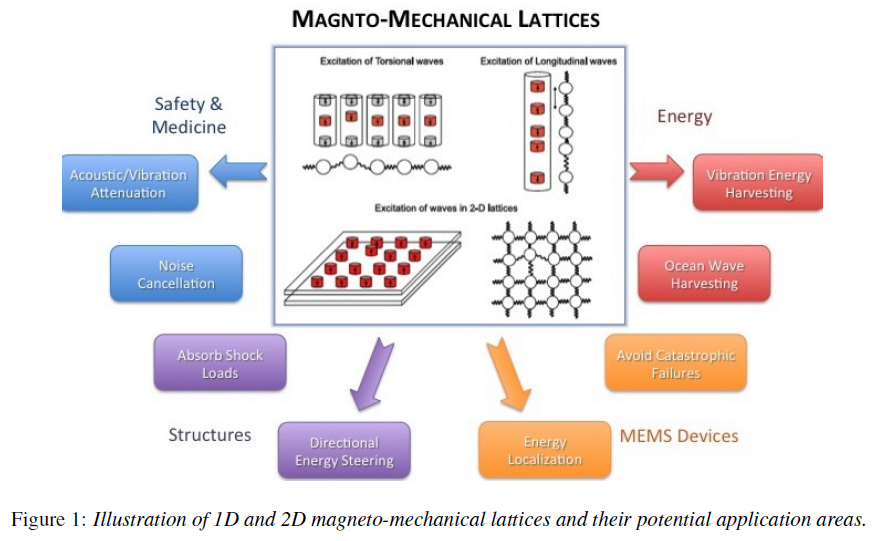A Flush-Mount Piezoelectric MEMS Microphone for Aeroacoustic Flight Testing Applications
In their effort to locate, understand and mitigate the impact of noise sources on an aircraft, aeroacousticiansare in need of a high performance, low cost microphone to combat the increasing noise restrictions on commercial aircraft. Existing commercial sensors, even with their relatively high cost, in some cases constrain the quality and type of measurement that may be achieved. One such constraint is that the physical size and characteristics of the sensors limit the optimal locations in which the sensors may be placed. Previous generations of MEMS aeroacoustic microphones have failed to address the need for a sensor that can be packaged and installed with a smooth front surface to be used for boundary layer measurements in a fuselage array at cruise conditions. Additionally, these microphones must meet demanding requirements, including the sensing of high sound pressure levels (>160 dB) with low distortion (<3%) and high sensitivity stability (with respect to moisture and freezing) over temperatures from -60°F to 150°F. This work addresses the limitations of existing MEMS piezoelectric microphones used in aeroacoustic applications by incorporating through-silicon vias(TSVs) into the fabrication to eliminate the use of wirebondsthat affect the flow field and create an overall flush-mount microphone package.




